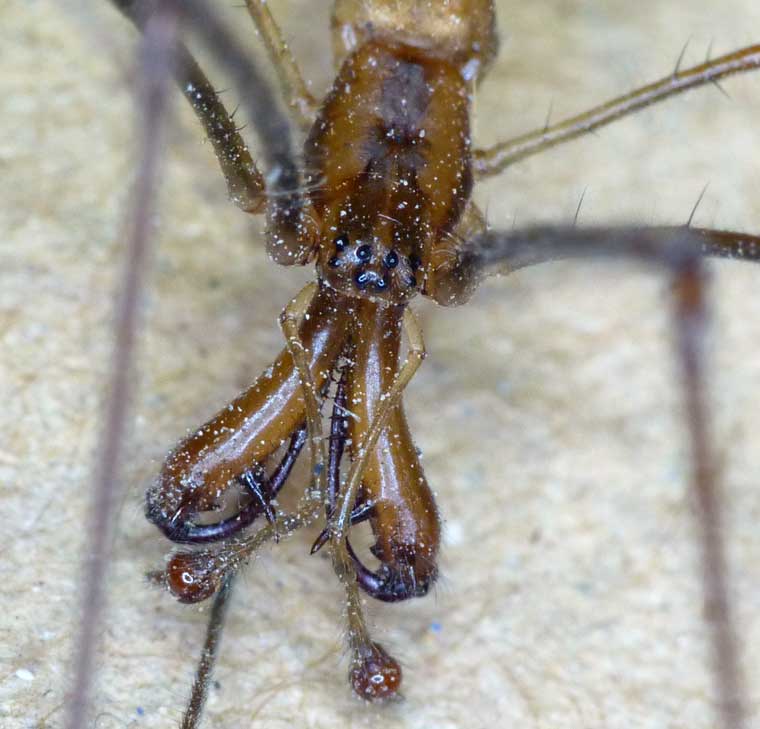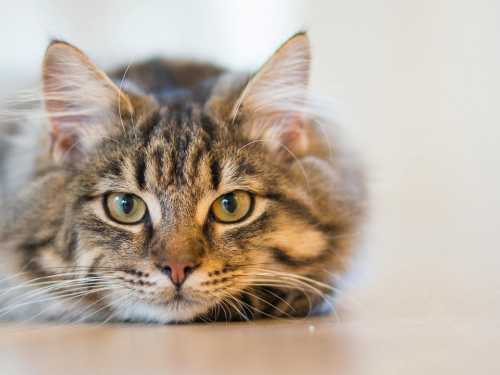
Zoologists described for the first time how an Australian spider collects and carries water. Before the eyes of one of the researchers, a spider from the genus Tetragnatha descended to the water surface, grabbed a drop with its chelicerae and returned with it to its captured prey. Apparently, the water helped the arthropod predator to dissolve the victim’s body faster – or to soak it if it had time to dry. A detailed description of the observation was published in an article for the journal Ethology.
Many invertebrates are able to collect and carry water. This ability allows them to perform a number of different tasks. For example, the blackbelly beetles Onymacris unguicularis from the Namib Desert in Africa condense fog on the surface of their bodies to get some moisture. Some ants pump water from flooded nests, and bees use the collected mist droplets to cool their homes.
Australian zoologist John Gould and his colleagues at Newcastle University described another unusual example of how invertebrates manipulate water. In December 2020, during overnight fieldwork on Couragang Island in New South Wales, the researcher spotted a spider of the genus Tetragnatha near a large temporary pond. It was sitting on a trapping net stretched between sedge leaves at half a meter from the ground and was eating prey wrapped in a web. The spider was only about two centimeters long, and its congener was kept beside it.
For about two minutes an Australian spider was near the victim. Then he released a web thread and, hanging on it, quickly went down to the pond. Touching the surface of the water, the spider immediately began to rise back up with a large drop of water clamped in its chelicerae. The whole process took him only five seconds. After returning to its prey with water, the spider stayed near it for about two more minutes. Gould managed to film the arthropod predator, but the transportation of the droplet did not make it onto the film.
Spiders occasionally drink water, but according to Gould and his colleagues, this observation is the first reliable evidence that these arthropods can manipulate water droplets. There are many pictures of skunk spiders (Salticidae) with water droplets on their heads on the Internet, but there is no evidence that they place them on themselves intentionally. The authors note that representatives of the family Tetragnathidae, to which the genus Tetragnatha belongs, are probably better adapted to collecting and carrying liquids than other spiders. The matter is that they possess elongated chelicerae with numerous outgrowths, which help to retain drops due to capillary effect. It used to be thought that large chelicerae were necessary for tetragnathids to hunt and hold their mate during mating, but they seem to have other functions as well. Interestingly, some other arthropods with a similar jaw structure, such as predatory ants, also skillfully carry drops of liquid in them.
An Australian spider of the genus Tetragnatha
Researchers speculate that the rapid descent on the web thread allowed the spider to hit the surface of the pond, dive into the water and grab a drop. After that, the thread, like a bungee cord, pulled it back up. Perhaps the lower part of the thread contracted due to contact with the water, which helped the spider get to the surface.
Gould and his co-authors are not sure why the spider needed the water drop. Judging from the fact that he returned to his prey with it, it somehow helped him feed. Like other spiders, representatives of the genus Tetragnatha practice extraintestinal digestion: they inject digestive enzymes into the victim’s body and then suck out its dissolved contents. Perhaps a drop of water helped the arthropod predator to compensate for the fluid stores spent in digesting its prey. According to an alternative explanation, by adding more water to the enzymes, the spider achieved an accelerated breakdown of its prey’s tissues.
Finally, the drop may have been necessary to soak the dried up body of the prey for hours or days and extract as many nutrients as possible from it.
We have previously reported on John Gould’s other observations of Australian invertebrates. Last year, for example, the researcher described an encounter with a beetle of the water-loving family that walked with its back turned upside down and its legs resting on the underside of the surface film. And a little earlier, he had caught the slug Lehmannia nyctelia sliding down a slimy bridge connecting a fence to a patch of gravel.




